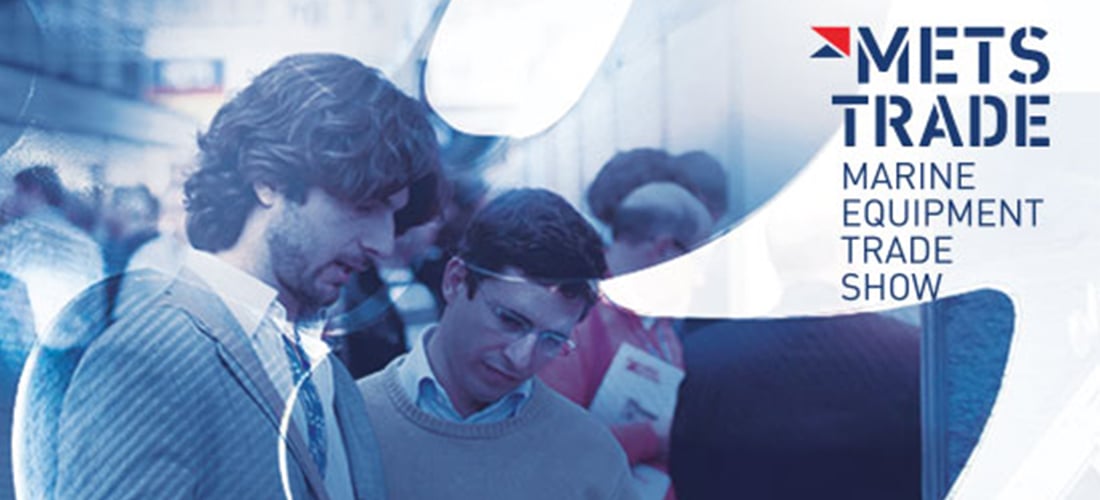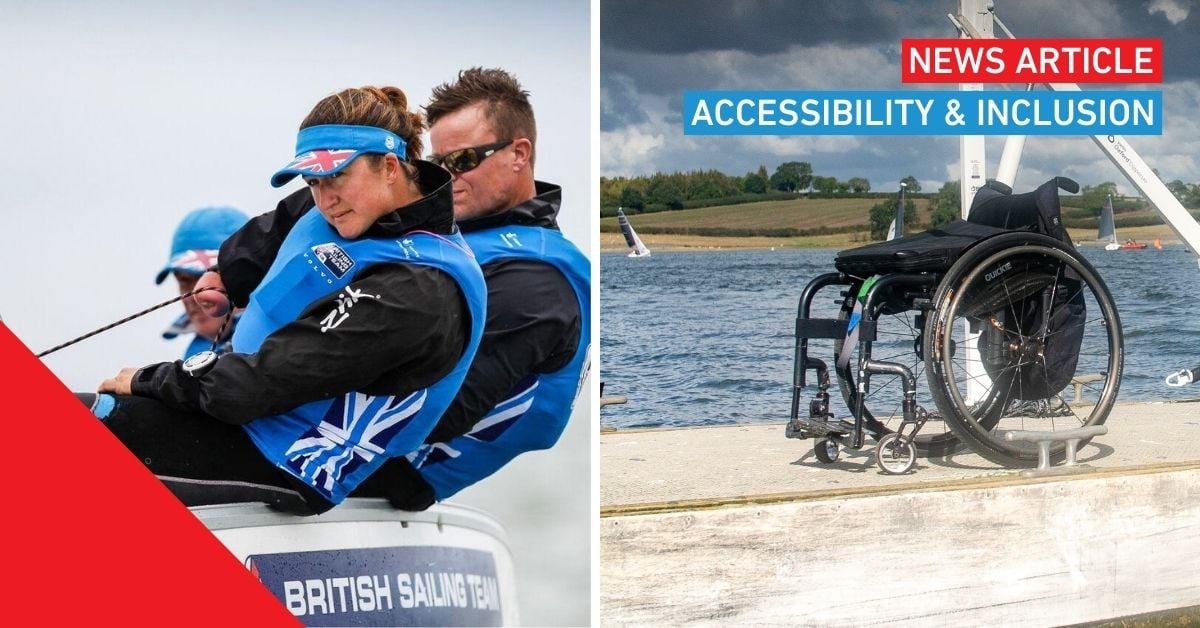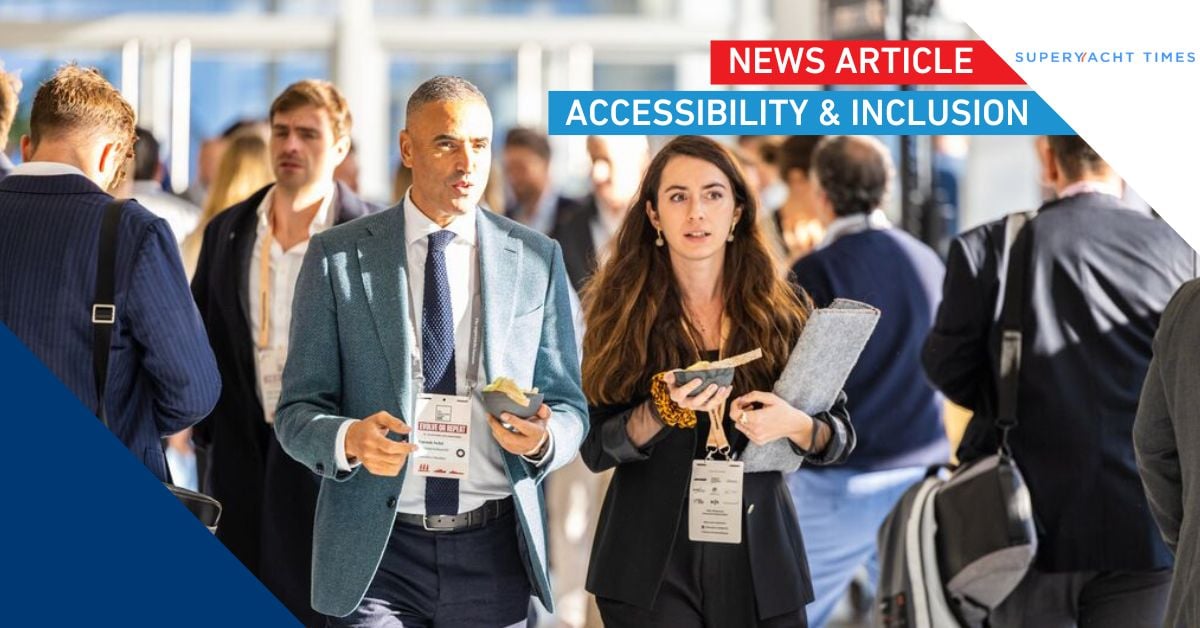Sustainability in the Leisure Marine Industry… Ringing the changes, and learning from the past
Following on from industry debates about the recycling of ‘dead boats,’ now comes the time to look forward and consider the concept of Life Cycle Assessment, and onwards towards a Circular Economy for the Boating World.
The discussion around End-Of-Life Boats (ELB’s) has come to prominence in the last few years, and has been the subject of a couple of conferences which have sought to bring attention to the problem, and engage the leisure marine industry in seeking solutions.
As a result, quite a lot of column inches have been dedicated to the issues, and after it being an almost ‘taboo subject’ for an incredibly long period of time, it has finally, and thankfully, now become a discussion point amongst many stake holders in the boating industry.
So, for how long has this environmental disaster in waiting been brewing away in the background? The answer, quite incredibly is…for well over half a century!
The main challenge, although by no means the only one, is the fact that composite construction of boat hulls from GRP (fiberglass) created a manufacturing boom during the 70s and 80s, leading to large volumes of virtually indestructible boats flooding the market.
In fact the story goes, that the late Connie Ray who founded Sea Ray Boats in the US was a pioneer in fiberglass construction, and constructed his first 16ft family runabout from GRP in 1959, some 57 years ago. Even more tellingly, he had previously made coffins from the same material, and chose it for making his boats, as he knew that it would never rot away, even when buried under the ground!
A conference held as part of METSTRADE week in Amsterdam last November entitled ‘The Future of Yacht Recycling’, brought together a lot of data and information. This revealed that progress is being made with dismantling networks or individual operators already active in places like France, Sweden, Japan and the Netherlands. But this is so far largely unregulated by any national authorities, and with limited options for the economically/environmentally acceptable disposal of the bare composite hulls.
Crunching the numbers left by our boating heritage.
A brief revisit to the statistics is probably helpful at this point to give some perspective to the scale of the challenge: 6 to 7 million leisure boats in Europe, and anything between 30 to 40 million worldwide. (Boat registration schemes enabling accurate data gathering are patchy around the world, but this is considered to be a conservative estimate.)
Assuming that just 50% of these are of composite construction, that already points to something like 20 million boats that are in the ‘doubtfully recyclable’ category, and that is without more being added annually.
So what have we learned? Well we know for sure now, that half a century can pass us by while we merrily enjoy our leisure time on the water, and during that time the companies that produce our ‘toys’ have been obliged to follow what has now been termed as the ‘Linear, Take, Make and Dispose’ Model. The problem being, that the ‘Dispose’ part has to a large extent, become an environmental barrier at the end of the line. This is unless and until, a way is found to turn GRP composite materials into a commercially saleable recycled material at an economically viable cost/resale value. And just as importantly to make it logistically possible for bare hulls to reach the point of process…some big asks indeed!
Looking forward and avoiding repetition.
So, what is the answer to that vital question ‘what now? Well, it’s like a football match, a game of two halves.
The first half must be a continued and concerted effort by the Boating Industry to address the ELB problems. This can only be achieved by continuing the good work already embarked upon; sharing information, developing practical guidelines, and showing legislative authorities that the industry and its users (boat owners) can pool resources, and work together across all sectors to minimise the negative impact of a historically created set of challenges.
The second half is to look boldly and creatively towards the future. It’s obvious that any responsible industry would not wish to repeat the mistakes of the past, but will want to keep sharply in mind that profitability and growth must be achieved whilst adjusting to the realities of a new world order that demands higher standards of environmental responsibility.
LCA points the way…
For instance, the concept of Life Cycle Assessment (LCA) has already been quite widely adopted in other industries, notably and recognisably in the automotive world. It could be argued that, had a thorough LCA been done on composite constructed yachts 30 years ago, then we would not be where we are today. (Accepting for the sake of the argument that the LCA concept had not been devised back then.)
Bearing in mind that a GRP boat is hardly ever disposed of due to its hull being badly deteriorated, and how its ultimate disposal cost has become economically and environmentally unacceptable; maybe there would have been more thought into how it could be designed for ‘upcycling’ rather than dismantling and ‘recycling.’ Modular design and construction which allows a complete upgrade of interior and propulsion / energy systems, let’s say every 15 years, whilst retaining the original basic composite hull, would theoretically make recycling of the hull unnecessary…at least for over half a century and quite possibly longer?
Also the average low hours of use of the typical family leisure yacht, has to be factored into the LCA when it comes to estimating its carbon footprint. One has to ask the question; is there any point in kitting out a boat with the latest hybrid energy and propulsion systems that boast low carbon emissions, when it may only actually be used for a few weeks of the year? A thorough Life Cycle Assessment ‘from cradle to grave’ might reveal that the total negative economical/environmental impact far outweighs any ‘perceived’ benefits when everything is taken into account, including energy/raw material input and eventual disposal costs of the equipment.
Circular Economy closes the loop
Moving on from this notion but in more or less the same vein, we are of course heading towards the discussion about the Circular Economy (CE.) Much like LCA, the CE concept has become an instrument for industry in general to adopt a whole new thought process aligned with modern day environmental expectations.
The CA concept is designed to lead us away from the aforementioned ‘Take, Make and Dispose Model.’ And, rather appropriately for our industry, one of its leading proponents is sailing legend Dame Ellen MacArthur, who cites her single-handed circumnavigation in 2004, and her reliance on finite resources for 72 days at sea as her inspiration for starting her Circular Economy Foundation.
There is no need to attempt a more comprehensive description of what CA actually means than the one used by Dame Ellen’s Foundation website:
“A circular economy is one that is restorative and regenerative by design, and which aims to keep products, components and materials at their highest utility and value at all times, distinguishing between technical and biological cycles.”
The Ellen MacArthur Foundation commissioned a very comprehensive report in 2012, which set out in detail how a switch to the Circular Economy for industrial manufacturing could deliver tangible financial benefits.
It pointed out that an estimated $340 billion a year of net savings in material costs could be achieved just within the EU. It went on to say that the sectors where the most significant savings could be achieved are motorcar, machinery and equipment manufacturing.
Surely then, we have to look to other industries in order to see examples of how Life Cycle Assessment and Circular Economy is already working in practice, and to initiate discussions within the boating industry as to how we can profitably adopt similar process thinking?
The Netherlands, always a free thinking, and environmentally focused business culture is justifiably touted as a ‘breeding ground’ for Circular Economy projects in their general industrial sector, according to HISWA the Dutch Marine Industry Association.
In a recent report the association highlighted an example of the kind of volumes that can benefit from waste reduction; 65 billion tons of raw materials entered the world economy in 2010, and this will rise to 82 billion tons by 2020. They emphasised that in a circular thinking process, the priority shifts to upgradable, re-usable products, and to long-lasting goods and renewable energy.”
HISWA went on to give real life Dutch examples such as: Amsterdam Schiphol Airport has 99% recyclable baggage belts and benches made of elephant grass. A Rotterdam cycle path is made of 100% recycled asphalt.
And the Dutch government has opened a “Circular Expo” at Schiphol airport, where it boasts a ‘Living Lab’ with around 30 innovative corporate and governmental examples of circular economy thinking. Already major consumer product manufacturers such as Philips Electronics, Unilever, NIKE, and Renault have all committed their organisations’ to make the shift to the Circular Economy.
Presumably nobody would argue that the timing is perfect to explore how manufacturers in the Leisure Marine Industry can start to adopt these process methods for their own benefit, and that of their customers and shareholders.
A conference in Amsterdam designed to enable this exploratory exchange of ideas and experiences, will follow a logical path through current trends in Recycling, User Demographics, Life Cycle Assessment and the Circular Economy.
Entitled ‘Sustainability in the Marine Industry’ the conference follows on from last year’s ‘Future of Yacht Recycling’, and will take place at the start of METSTRADE week at Amsterdam RAI on Monday 14th November. The event is powered by METSTRADE and technically supported by ICOMIA with the headline theme of: ‘Profiting from Circular Thinking.’
Irene Dros, Maritime Domain Manager at METSTRADE commented,
“we are dedicated to continuing our commitment to environmental issues in all aspects of our show, so are delighted to host this Sustainability Forum again, Also to see the content expanded beyond End-of-Life Boats into some futuristic themes that will hopefully deliver economic benefits for boatbuilders and marine equipment manufacturers.”
For more articles please visit www.ibinews.com
What are your thoughts on how the Leisure Marine Industry together with its supply chain and infrastructure, is moving forward with sustainable product or service processes, as compared to what you may have witnessed in other industries?
Please share your thoughts in the comment box below.
Kind Regards, Peter Franklin
Share your stories on leisure marine industry with us
Do you have an innovation, research results or an other interesting topic you would like to share with the leisure marine equipment industry? The METSTRADE website and social media channels are a great platform to showcase your stories! Let us know via metstrade@rai.nl
Are you a METSTRADE exhibitor?
Make sure you add your latest press releases to your Company Profile in the Exhibitor Portal for free exposure.





